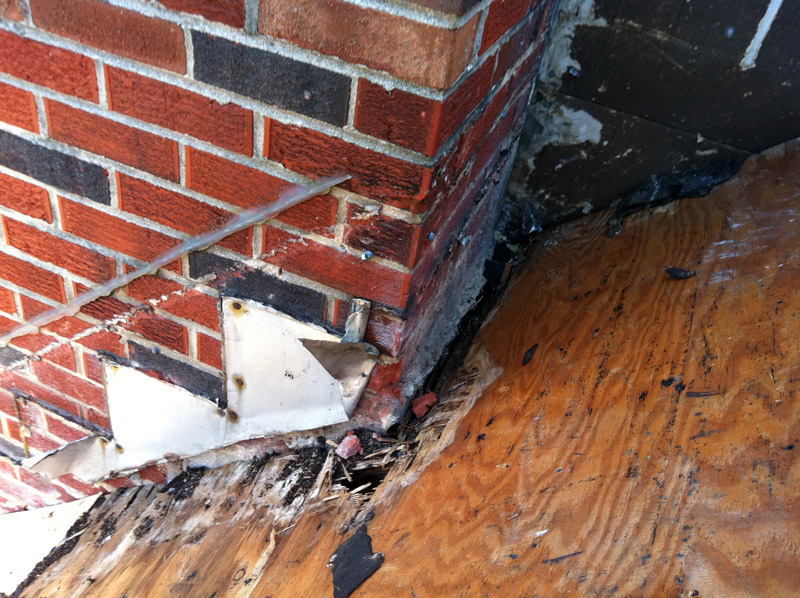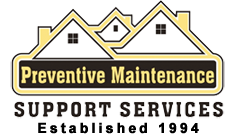
The most common cause of chimney deterioration is the natural process of weathering over time. Chimneys are constantly exposed to the elements, including rain, snow, wind, and fluctuating temperatures, which can lead to various forms of deterioration. In this article, we will explore the primary factors that contribute to chimney deterioration and discuss how they can be addressed.
- Water Damage: Water is the biggest enemy of chimneys. Over time, water can penetrate the chimney system through cracks, gaps, or damaged flashing, leading to significant deterioration. The freeze-thaw cycle exacerbates the problem. When water seeps into the masonry, it can freeze during colder temperatures, causing it to expand and create additional cracks. As this process repeats, the masonry weakens and deteriorates.
Prevention and Solutions:
- Regular chimney inspections: Schedule annual inspections by a certified chimney professional to identify and address any water-related issues promptly.
- Chimney caps and crowns: Install a chimney cap to prevent water, debris, and animals from entering the chimney. Additionally, ensure the chimney crown is properly constructed and in good condition to provide a protective barrier against water infiltration.
- Flashing maintenance: Check the flashing, which is the metal strip that seals the junction between the chimney and the roof, and repair or replace it as needed to prevent water leaks.
- Poor Chimney Construction: In some cases, chimney deterioration can be attributed to poor construction practices or the use of substandard materials during the initial installation. Inferior mortar, improper brick spacing, inadequate reinforcement, or lack of proper chimney lining can contribute to early deterioration.
Prevention and Solutions:
- Professional installation: Ensure your chimney is built by a qualified and experienced mason or chimney professional who follows industry best practices and local building codes.
- Quality materials: Use high-quality materials that are specifically designed for chimney construction, such as suitable bricks, mortar, and liners.
- Regular maintenance: Schedule regular chimney inspections and maintenance to identify and address any construction-related issues early on.
- Lack of Maintenance: A lack of regular maintenance can significantly contribute to chimney deterioration. Neglecting necessary repairs and failing to address minor issues promptly can lead to more extensive damage over time.
Prevention and Solutions:
- Regular chimney inspections: Schedule annual inspections to identify any signs of deterioration, such as cracks, loose bricks, or damaged mortar joints. Promptly address any identified issues.
- Chimney cleaning: Have your chimney professionally cleaned on a regular basis to remove creosote buildup, which can lead to chimney fires and accelerated deterioration.
- Prompt repairs: If any issues are identified during an inspection, such as cracks or damaged mortar, have them repaired promptly to prevent further deterioration.
- Chimney Sweeping and Wood Burning Practices: Improper chimney sweeping techniques or the use of low-quality firewood can contribute to chimney deterioration. Creosote buildup, a byproduct of wood burning, can be highly corrosive to the chimney liner and masonry.
Prevention and Solutions:
- Proper chimney sweeping: Hire a professional chimney sweep to clean your chimney thoroughly and remove any creosote buildup on a regular basis.
- Quality firewood: Use well-seasoned hardwood that has been properly dried to reduce the production of excessive creosote and ensure a cleaner burn.
- Chimney liners: Consider installing or upgrading to a suitable chimney liner, such as stainless steel or ceramic, to protect the masonry from the corrosive effects of creosote.
- Environmental Factors: Environmental factors, such as air pollution, acid rain, and exposure to corrosive chemicals, can also contribute to chimney deterioration. These factors can cause discoloration, erosion, and degradation of the masonry.
Prevention and Solutions:
- Regular cleaning: Clean the exterior of your chimney regularly to remove any soot, dirt, or other environmental deposits that can accelerate deterioration.
- Chemical protection: Consider using appropriate chemical treatments or sealers specifically designed to protect the masonry from environmental factors.
- Environmental awareness: Be mindful of factors in your surroundings, such as industrial emissions or nearby construction activities, that may contribute to accelerated chimney deterioration.
In conclusion, the most common cause of chimney deterioration is the natural process of weathering over time. Water damage, poor chimney construction, lack of maintenance, improper chimney sweeping and wood burning practices, and environmental factors all contribute to the deterioration of chimneys. Regular chimney inspections, prompt repairs, proper maintenance, and the use of quality materials are essential in preventing and addressing chimney deterioration. By taking proactive measures to protect and maintain your chimney, you can extend its lifespan and ensure its safe and efficient operation for years to come.
